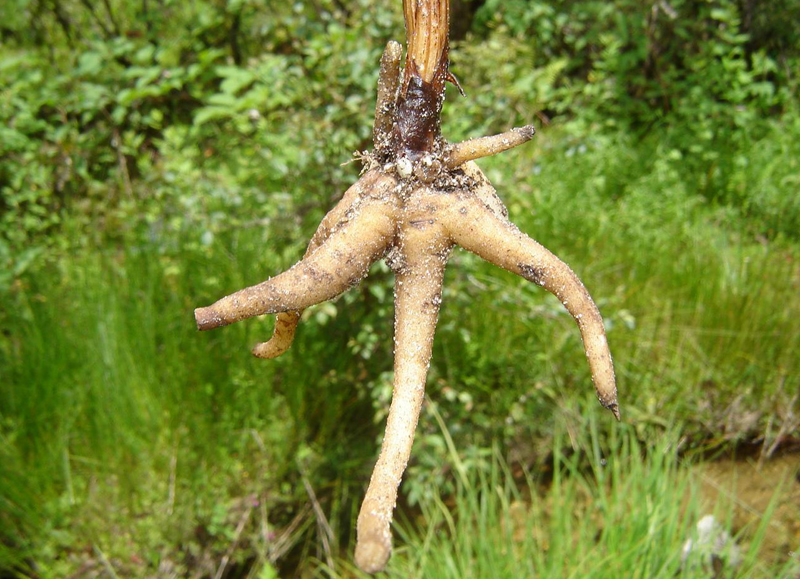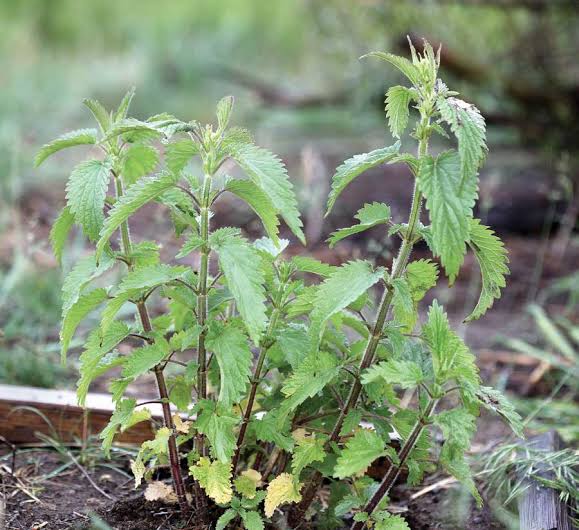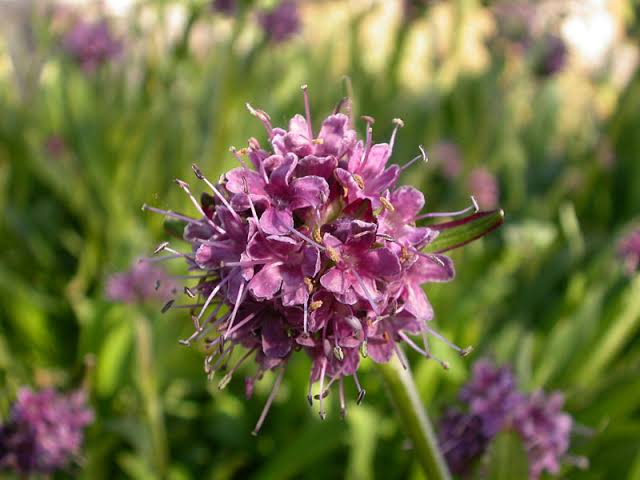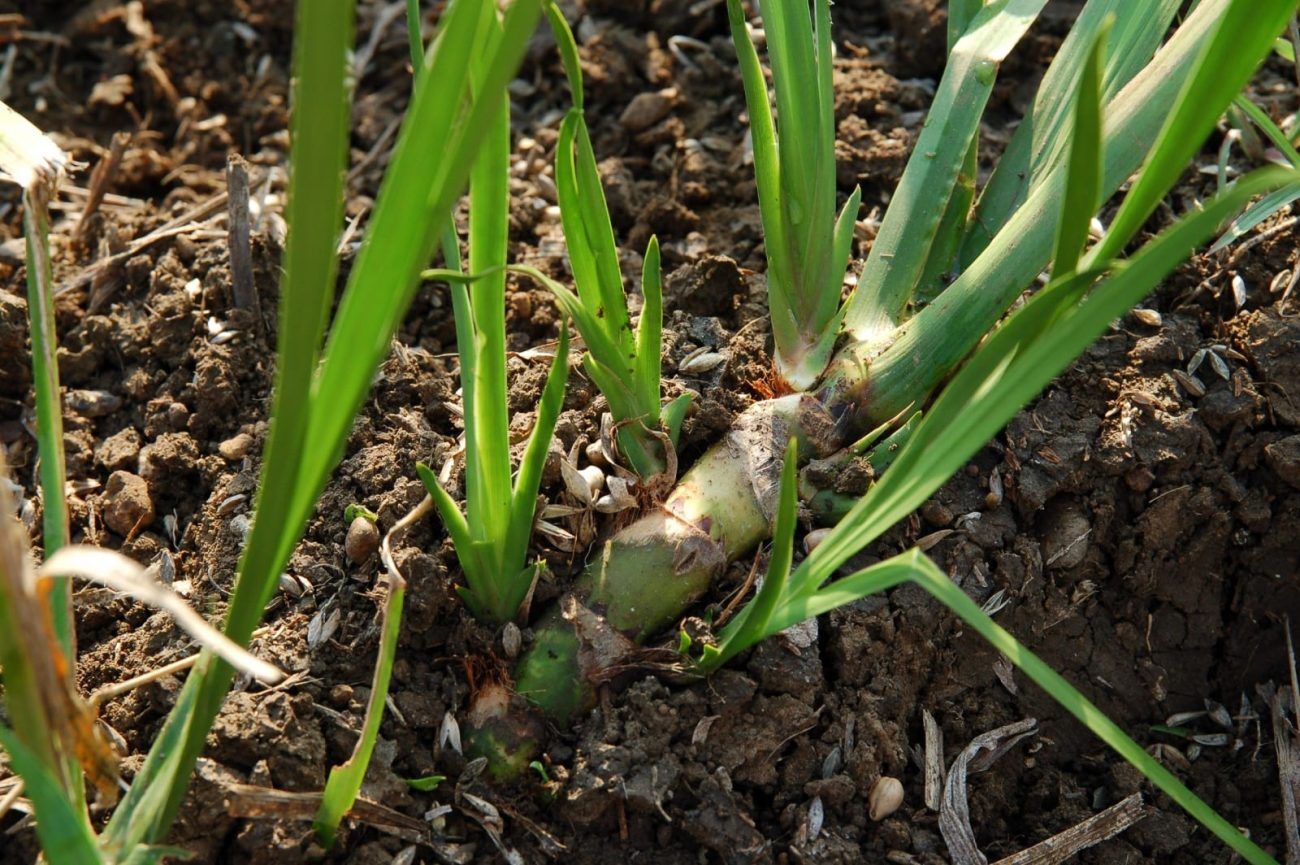Share this Article

Introduction
Among Nepal's vast array of medicinal plants, Panchaulae (Rheum australe) stands out as a potent herb known for its numerous therapeutic applications. Used for centuries by the indigenous communities of the Himalayan region, this herb is now gaining recognition for its healing properties, especially in the context of natural medicine. Panchaulae’s rich bioactive compounds make it a valuable asset in the traditional healing practices of Nepal, offering a range of health benefits from digestive support to pain relief.
Botanical Profile and Habitat
Panchaulae is a perennial herb that thrives in the high-altitude regions of Nepal, particularly in the temperate zones of the Himalayas. It is commonly found in districts such as Rasuwa, Gorkha, and Dolakha, where it grows in forest clearings, along riverbanks, and in moist, shaded areas. The plant features large, thick leaves and produces small flowers that mature into pods containing seeds. Its roots are the primary part used in traditional medicine.
Medicinal Uses and Health Benefits
1. Digestive Aid
Panchaulae is particularly renowned for its ability to improve digestive health. It has natural laxative properties, making it effective in treating constipation and improving bowel movement. The herb’s roots, when boiled or made into a paste, help stimulate the digestive system, promoting better nutrient absorption.
2. Anti-inflammatory and Pain Relief
In traditional medicine, Panchaulae has been used to treat various inflammatory conditions, including arthritis and joint pain. The herb contains anti-inflammatory compounds that help reduce swelling and relieve pain. The roots are often applied topically as a paste or taken in tincture form to ease pain in the joints and muscles.
3. Detoxification and Blood Purification
Panchaulae is known for its detoxifying properties, which help cleanse the body of accumulated toxins. It works as a natural diuretic, promoting urination and helping in the elimination of waste. Consuming this herb is believed to purify the blood, improving overall health and vitality.
4. Respiratory Health
Panchaulae is used in the treatment of respiratory conditions such as coughs, asthma, and bronchitis. The herb’s ability to clear mucus and reduce inflammation in the lungs makes it an effective remedy for respiratory infections. It is often boiled and consumed as a tea or syrup.
5. Antimicrobial and Antibacterial Properties
The herb has been found to possess antimicrobial and antibacterial properties, which help fight off infections. It is commonly used in treating wounds, cuts, and skin infections. The paste of Panchaulae is applied externally to speed up the healing process of minor injuries.
Traditional Preparation Methods
In rural Nepal, Panchaulae is prepared in various forms, each catering to specific ailments:
- Panchaulae Tea: The roots are boiled in water to create a tea, which is consumed to treat digestive issues, coughs, or detoxify the body.
- Panchaulae Paste: The root is ground into a paste and applied topically for joint pain, skin infections, or wounds.
- Panchaulae Tincture: The herb’s active compounds are extracted in alcohol, producing a potent tincture used for pain relief, detoxification, or as a digestive aid.
Cultural and Economic Significance
In the rural regions of Nepal, Panchaulae is considered a traditional healer’s treasure, used by local communities for generations. It is often found in Ayurvedic and folk medicine practices, passed down from elders to younger generations.
Economically, Panchaulae contributes to local communities’ livelihoods. It is gathered from the wild and sold to herbal medicine traders in urban markets. However, with increased demand for herbal remedies, overharvesting has led to concerns about the sustainability of wild Panchaulae populations. Some community-based programs are now focusing on the sustainable cultivation of Panchaulae to protect its future supply and preserve the environment.
Conservation and Sustainable Harvesting
The growing demand for medicinal herbs like Panchaulae has raised concerns about overharvesting in the wild. As part of the conservation efforts, local communities are being trained in sustainable harvesting techniques to ensure that the herb’s population remains stable and healthy. Additionally, initiatives to promote cultivation on agricultural lands are being explored to reduce pressure on wild habitats.
Challenges and Future Outlook
Despite its potential, Panchaulae faces several challenges in terms of sustainability, regulation, and public awareness. The lack of scientific research into its full spectrum of benefits hinders its recognition in the global herbal market. Furthermore, the absence of standardization in cultivation practices and harvesting methods can affect the herb’s quality and availability.
With the increasing interest in natural and sustainable medicine, there is an opportunity to expand Panchaulae’s market by focusing on research and quality control. Nepal can position Panchaulae as an important herbal remedy in the global wellness industry, while maintaining the principles of sustainable development and community empowerment.
Conclusion
Panchaulae, with its wide array of health benefits and cultural importance, remains one of Nepal’s hidden herbal treasures. From digestive aids to pain relief, this Himalayan herb offers natural remedies that have been trusted by generations. As global interest in natural health remedies grows, there is immense potential for Panchaulae to shine on the world stage, provided that its cultivation and harvesting are done sustainably. By supporting research, sustainable farming practices, and local communities, Panchaulae can continue to serve as a valuable resource for the health and wellness of people both in Nepal and beyond.
Categories:
Medicinal Plants of Nepal
Tags:
PanchaulaeNepal
,
NepaliHerbs
,
TraditionalMedicineNepal
,
HerbalRemediesNepal
,
AyurvedicPlantsNepal
,
NepalHealingHerbs







